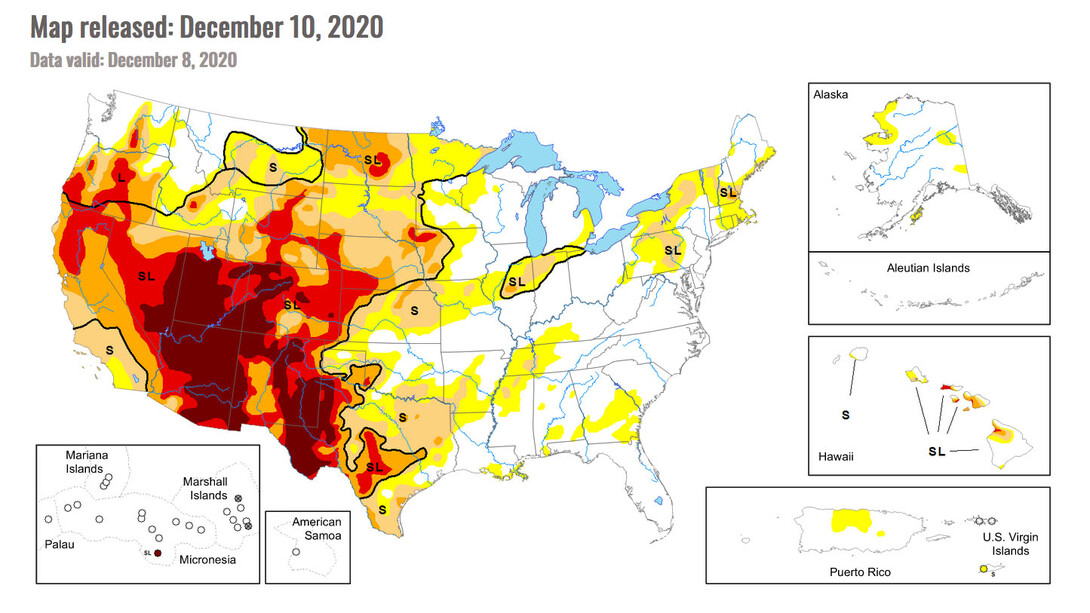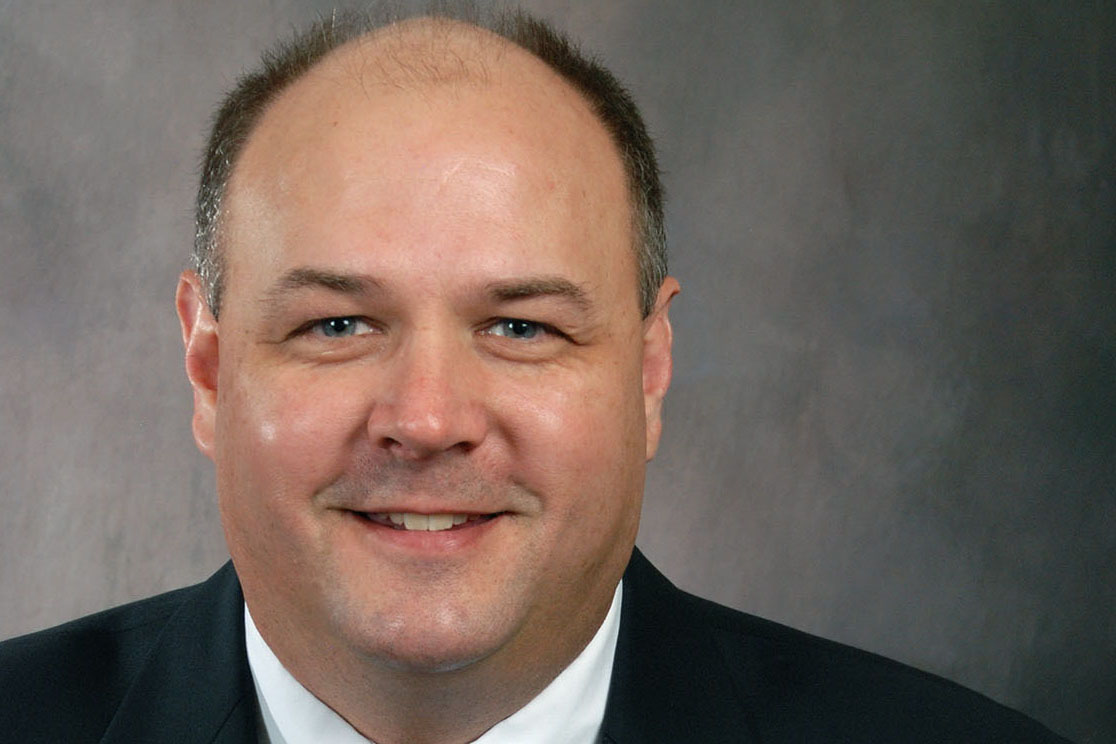
The National Drought Mitigation Center at the University of Nebraska–Lincoln recently launched a new three-year, $2.4 million cooperative agreement with the U.S. Department of Agriculture.
Since the center was founded 25 years ago, the USDA has provided funding and support on research and projects that have led to deeper understandings of how droughts behave, how Americans can better prepare for them, how they can best recover from them and more.

Under the new agreement, the drought center will continue to take a leading role in the production, web hosting and distribution of the U.S. Drought Monitor. The monitor is a weekly synopsis of drought conditions across the U.S. and its territories produced jointly by the drought center, USDA and National Oceanic and Atmospheric Administration. Produced each week by authors who examine more than 50 data sources and compare them with on-the-ground sources, the Drought Monitor has triggered billions of dollars in federal aid and low-interest loans, including for the USDA Livestock Forage Disaster Program. Federal, state, tribal, local and basin-level decision makers use it to detect emerging droughts.
“The USDA, along with NOAA, was supportive of the NDMC and its mission right from the start,” drought center director Mark Svoboda said. “Our cooperative agreements with the USDA have improved efforts to better understand and respond to drought across the country and to tailor information and tools to the needs of USDA staff and the ranchers, producers and constituents they work with. The latest agreement will continue that collaborative process.”
Along with contributing to production and the continued improvement and refinement of the Drought Monitor, cooperative agreements between the drought center and USDA have recently led to the expansion or development of several data resources used by experts and the general population alike. Recent products include the development of a Drought Learning Network, where communities learn from one another about drought management and mitigation strategies, as well as the creation and expansion of Grass-Cast, a tool developed in collaboration with the drought center, Colorado State University, University of Arizona and several USDA Climate Hubs that uses nearly 40 years of data to produce forecasts of likely rangeland vegetation growth at 30-, 60- and 90-day intervals. Drought center staff members are also developing a method of monitoring drought conditions in American forests and are learning from U.S. ranchers how the development of drought plans have eased financial and emotional stress in times of drought.
The three-year USDA-drought center agreement will lead to enhancements of the U.S. Drought Monitor and continued collaboration with the USDA Climate Hubs, a set of 10 networks that provide region-specific, science-based information to agricultural and natural resource managers that help them make climate-informed decisions.
The National Drought Mitigation Center is headquartered in the School of Natural Resources at Nebraska. Chancellor Ronnie Green recently congratulated Svoboda and the drought center on the $2.4-million cooperative agreement.
“This major accomplishment demonstrates the impact and reach of your research and creativity,” Green wrote. “I wanted to let you know how much our university community recognizes and values your important work. Indeed, we all appreciate how important national recognition is to scholarship and the academy — this recognition from the USDA reflects the excellence of your work to date and the ongoing potential of your research moving forward.”








